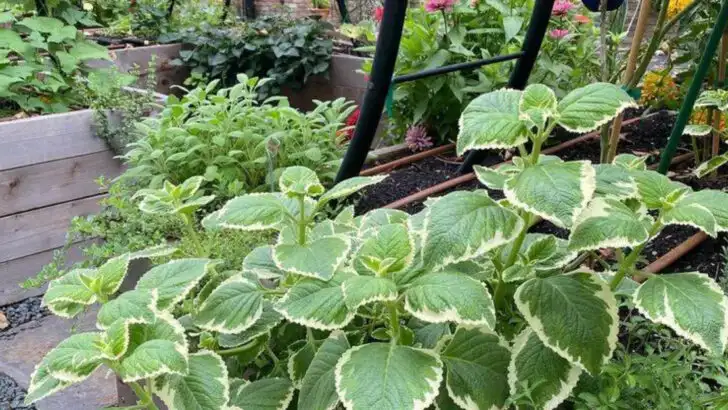Summer isn’t just the season for fresh produce—it’s the perfect time to grow herbs that pull double duty. These 18 summer herbs don’t just add vibrant flavor to your meals; they’re also packed with immune-boosting properties that help keep you healthy during long, hot months. And the best part? You can grow most of them in small spaces—even a sunny windowsill or balcony will do.
From antioxidant-rich oregano to digestion-supporting basil, these herbs bring more than taste to the table. Many have been used for centuries in traditional medicine, and modern science is starting to back up their healing power. Whether you’re tossing them into salads, steeping them in tea, or making your own herbal infusions, they’re an effortless way to combine wellness and flavor.
So if you’re looking for a garden project that feeds both your body and your plate, these herbs are it. Easy to grow, hard to kill, and endlessly useful, they’ll make your summer feel more vibrant—inside and out.
Basil
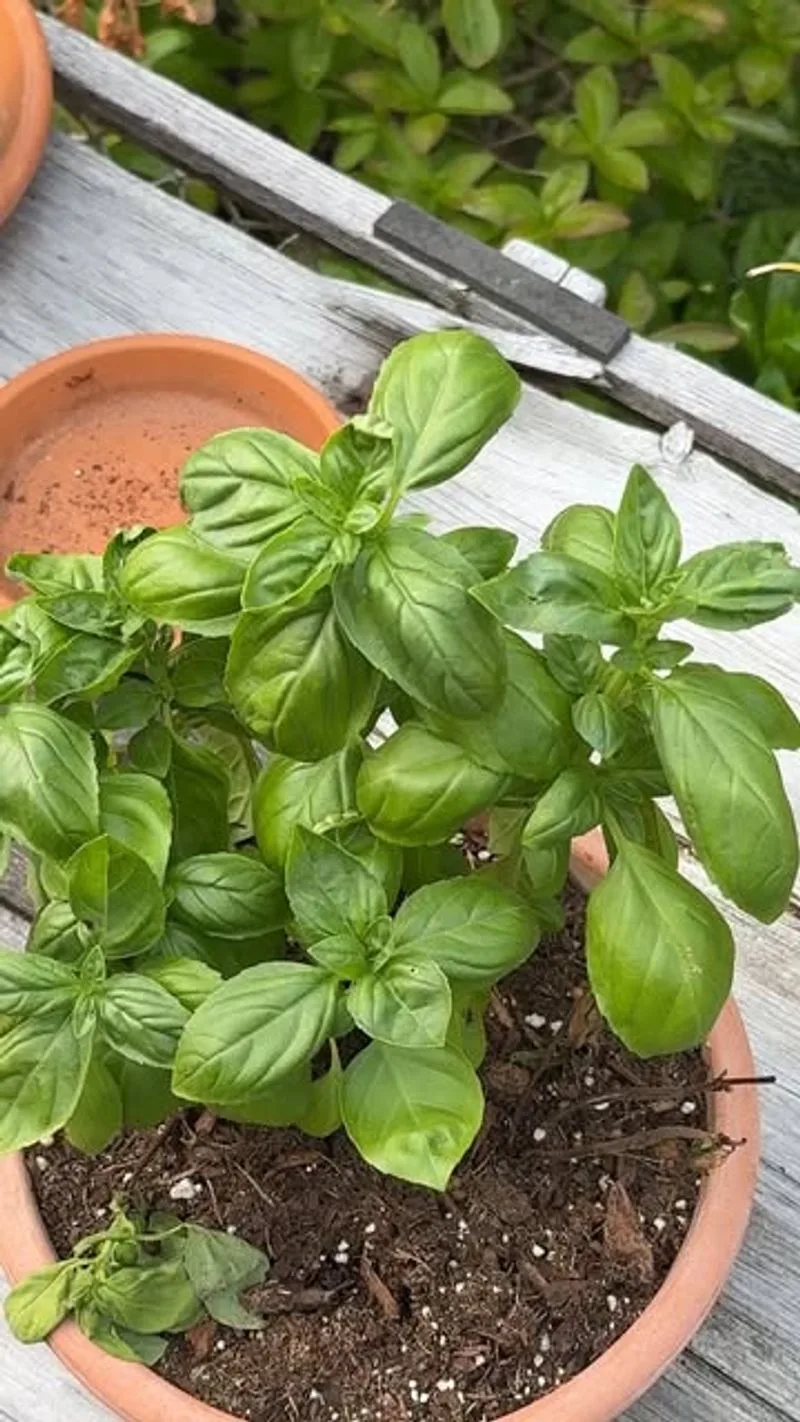
Basil brings to mind the taste of summer, with its aromatic leaves that add a peppery twist to any dish. This herb isn’t just about flavor; it’s packed with antioxidants and essential oils that support immune health. In the kitchen, use basil to enhance tomato-based recipes or make a vibrant pesto. Its versatility is endless, from salads to soups. Beyond cooking, basil’s refreshing scent can even lift your spirits. With a history rooted in ancient cultures, basil remains a timeless herb deserving a spot in every summer garden.
Rosemary

Rosemary, with its woody stems and fragrant needles, symbolizes a taste of the Mediterranean. This herb is a powerhouse of nutrients, known for its anti-inflammatory properties. It’s perfect for marinades, roasted vegetables, or infusing oils. Rosemary’s bold flavor pairs well with meats and potatoes, adding depth to any meal. Historically, it was revered for its medicinal qualities. Today, its timeless appeal continues to captivate culinary enthusiasts and health-conscious individuals alike. Whether fresh or dried, rosemary retains its robust character, making it a summer staple.
Thyme
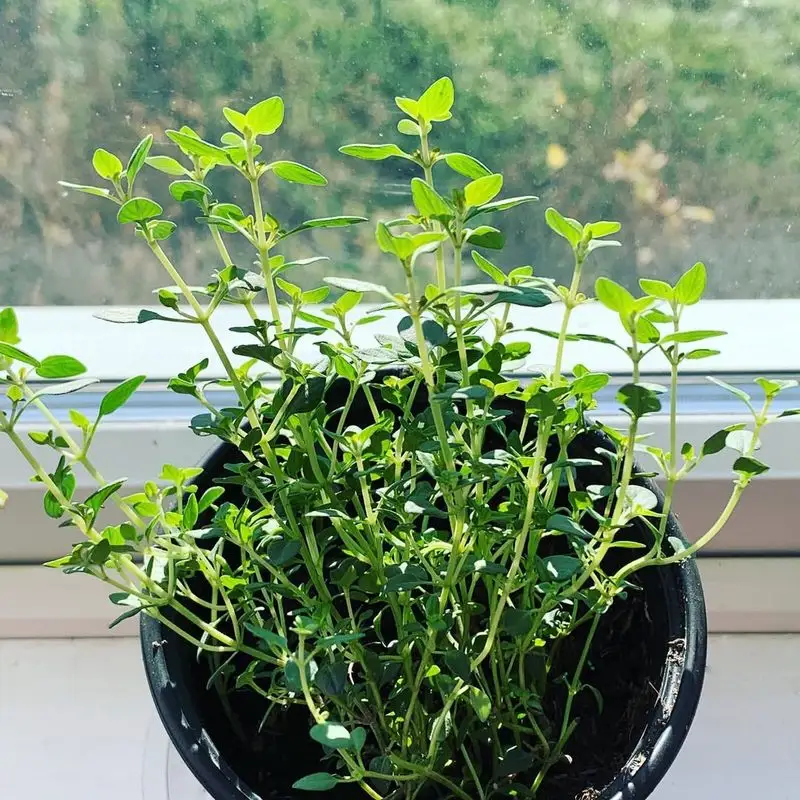
Tiny leaves, big flavor: thyme’s earthy aroma and subtle lemony notes make it a kitchen favorite. Its health benefits include antimicrobial properties that help fend off infections. From slow-cooked stews to quick sautés, thyme adds a distinct layer to your cooking. Its resilience makes it a reliable herb in hot climates, thriving even under the sun’s intense gaze. As a symbol of courage in ancient times, thyme brings both strength and flavor to your summer meals. Whether sprinkled fresh or simmered in stocks, it’s indispensable.
Mint
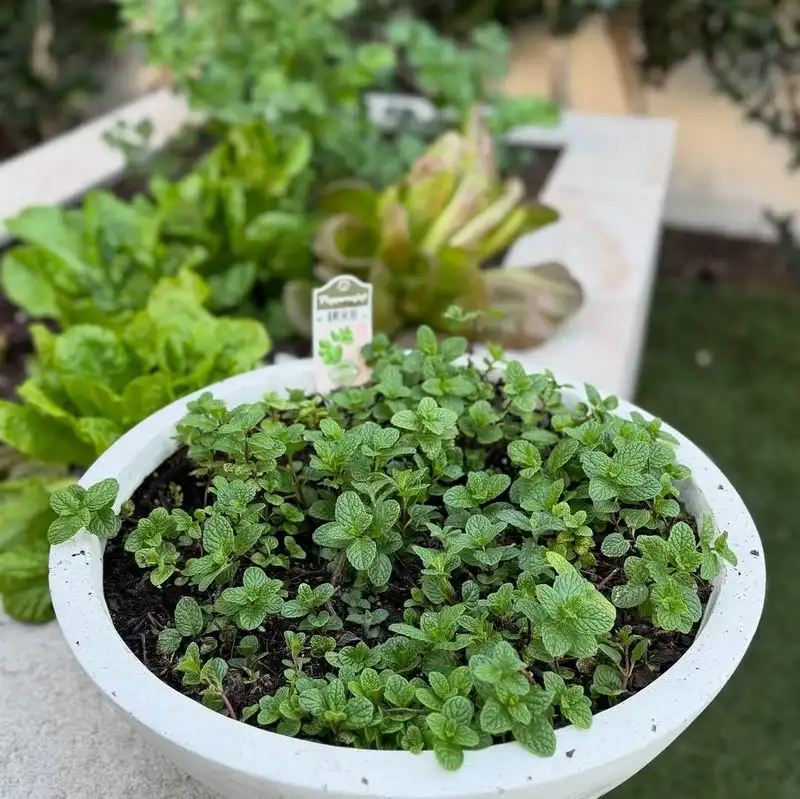
When temperatures soar, mint offers a refreshing escape. Its cool, crisp taste transforms beverages and desserts into summer delights. But mint’s charm extends beyond flavor; it’s known for calming digestive issues and providing a burst of vitamins. In the garden, mint’s fast-growing nature ensures plenty for recipes. Cocktails, salads, and yogurt dips all benefit from its invigorating essence. As you enjoy its refreshing qualities, remember mint’s historical use in ancient remedies. The cooling herb is a must-have for sunny days.
Cilantro
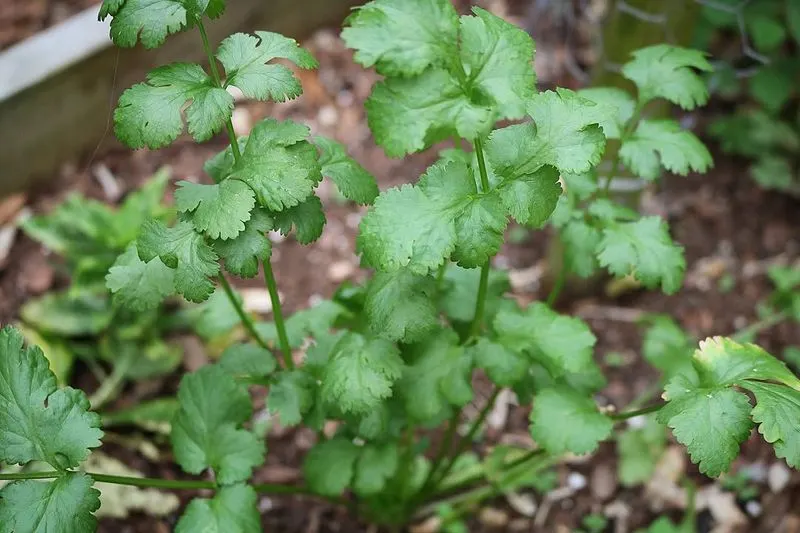
Cilantro’s distinct flavor evokes a love-it-or-hate-it reaction. For those who adore it, this herb adds a zesty kick to tacos, salsas, and salads. Rich in antioxidants, cilantro contributes to detoxifying the body. Its bright, citrusy notes balance spicy dishes perfectly. In the garden, cilantro prefers cool mornings and warmer afternoons, thriving in summer’s varied climates. Whether sprinkled on curries or blended into guacamole, cilantro remains a culinary staple. Its bold presence is unmistakable, making it an herb of distinction.
Oregano
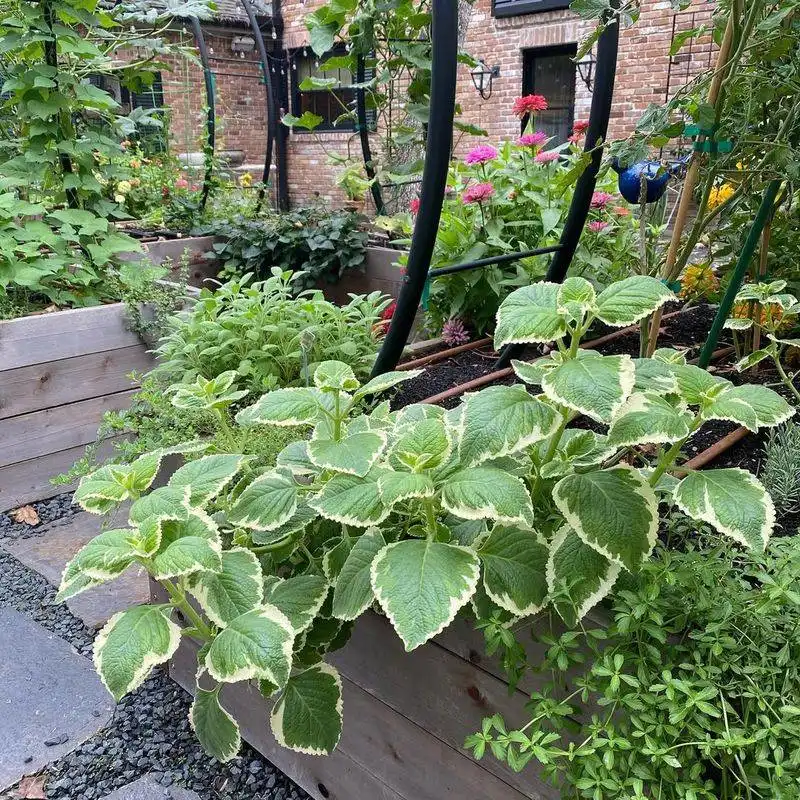
Oregano, a staple in Mediterranean cuisine, brings depth and warmth to a variety of dishes. Its robust, slightly bitter taste is complemented by its immune-boosting properties. This herb is perfect for tomato sauces, grilled meats, and homemade pizzas. Oregano’s essential oils have been praised for their antibacterial benefits, making it a healthful addition to meals. It flourishes in sunny spots, and its hardy nature means it will keep giving all season long. A sprinkle of oregano can transform ordinary into extraordinary.
Sage

Sage, with its soft, dusty leaves, infuses dishes with a warm, peppery flavor. Historically, it was hailed for its healing properties, believed to improve memory and soothe sore throats. In the kitchen, sage pairs beautifully with butter, creating a fragrant sauce for pasta or gnocchi. It’s also a lovely addition to poultry and pork dishes. As summer gardens bloom, sage stands resilient, adding both beauty and flavor to your culinary repertoire. Its earthy notes and health benefits make it a cherished herb in any cook’s collection.
Lemon Balm
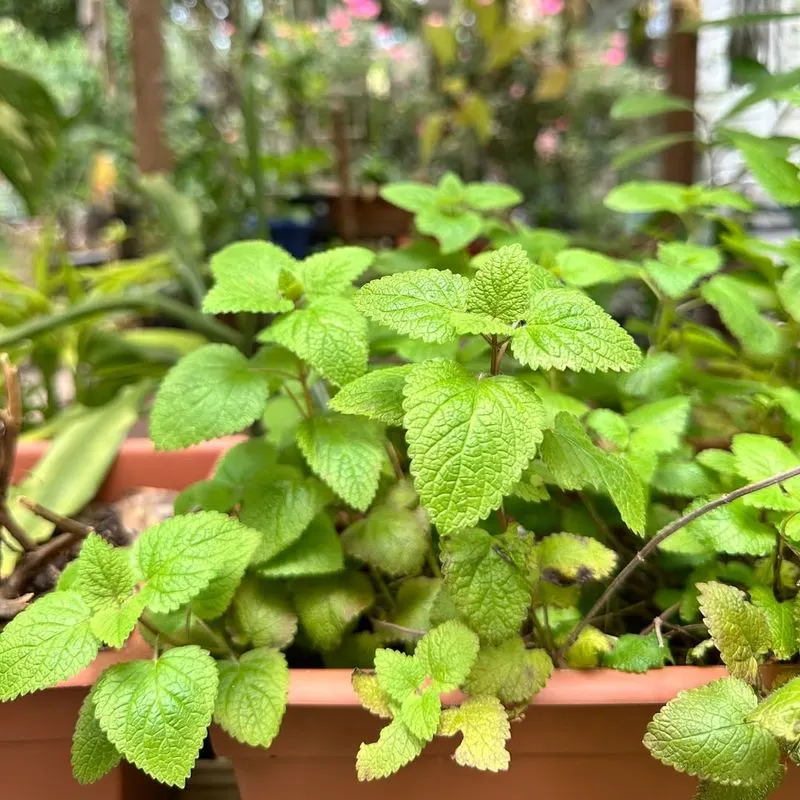
Lemon balm’s gentle citrus scent is like a breath of fresh air, calming and uplifting at once. This herb is celebrated for its soothing effects on the mind and body. Adding it to teas or salads introduces a subtle lemony flavor, perfect for summer. Lemon balm thrives in sunny gardens, attracting bees and lending a sweet aroma to your outdoor space. Beyond the kitchen, it’s cherished in traditional medicine for reducing stress. Embrace its calming nature and let lemon balm be part of your summer relaxation routine.
Parsley
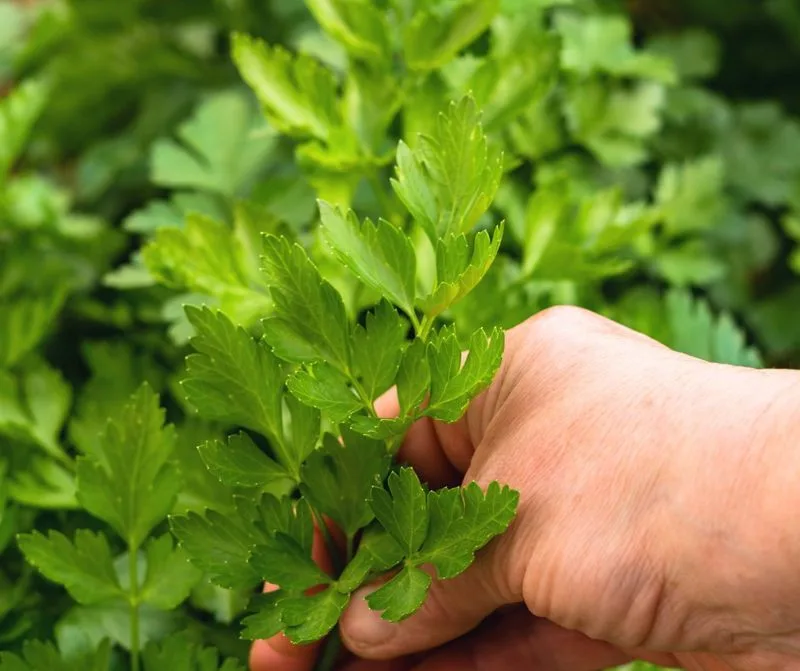
Parsley is often underestimated, but its vibrant green leaves pack a punch of nutrition. Rich in vitamins A, C, and K, it’s a small wonder for immune support. Parsley’s fresh, slightly peppery taste makes it a delightful garnish that elevates any dish. Use it chopped in salads, blended in sauces, or as a finishing touch to soups. In warmer months, parsley’s robust growth ensures an abundant supply. Beyond the plate, it’s been used to freshen breath for centuries. This humble herb deserves a place in every kitchen.
Chives
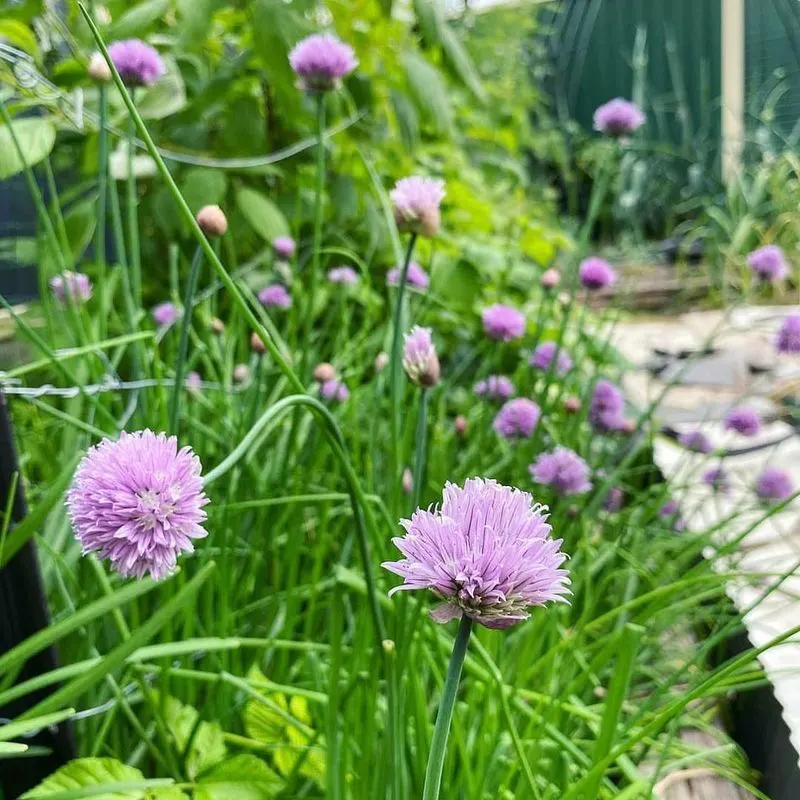
Chives, with their mild onion flavor, are the unsung heroes of summer dishes. Their slender green stalks and purple blossoms add a pop of color and taste to any meal. Use them to enliven salads, dips, or as a garnish for baked potatoes. Chives are rich in vitamins and minerals, supporting overall health. In the garden, they deter pests, making them a practical companion plant. Their graceful appearance and subtle taste make chives a versatile addition to your cooking, bringing both flavor and beauty to the table.
Dill

Dill is synonymous with summer pickles, but its uses extend far beyond the jar. The delicate feathery fronds bring a fresh, anise-like flavor to salads, fish, and creamy dressings. Dill’s digestive benefits make it a go-to herb for soothing an upset stomach. In the garden, its tall stalks sway gracefully, attracting beneficial insects. This aromatic herb is a staple in Scandinavian and Eastern European cuisines, cherished for its unique taste and health properties. Let dill’s vibrant essence flavor your summer memories.
Marjoram
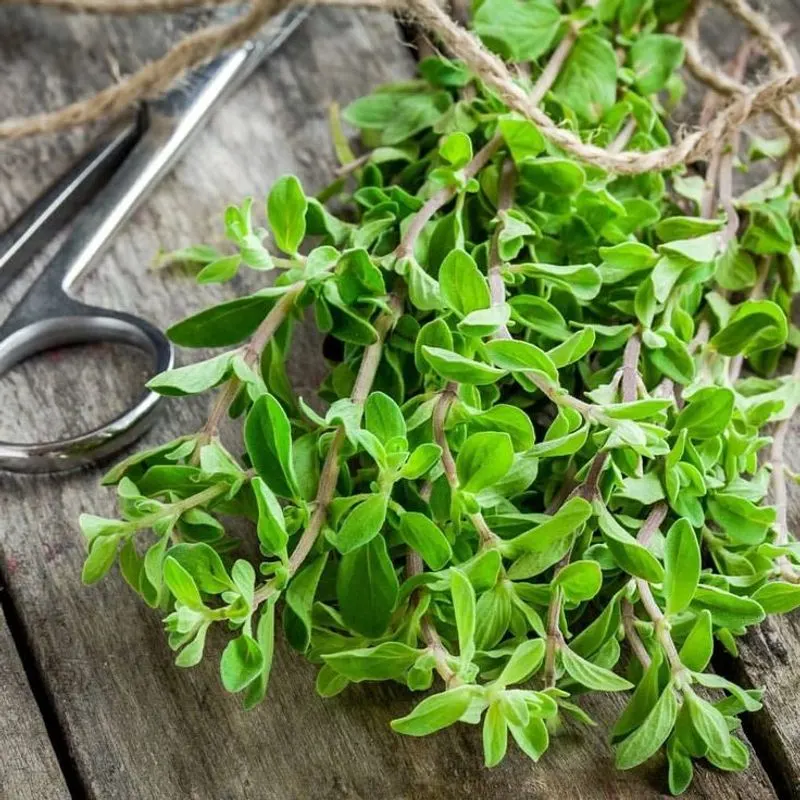
Marjoram’s sweet, floral aroma is like a gentle whisper in the herb world. Its subtlety is its strength, enhancing dishes without overpowering them. Often mistaken for oregano, marjoram has a milder, sweeter profile. It’s perfect for seasoning soups, stews, and dressings. Known for its calming properties, marjoram has been used in traditional medicine to relieve stress and anxiety. This perennial herb thrives in warm, dry climates, making it a delightful addition to your summer herb garden. Savor its delicate charm.
Tarragon
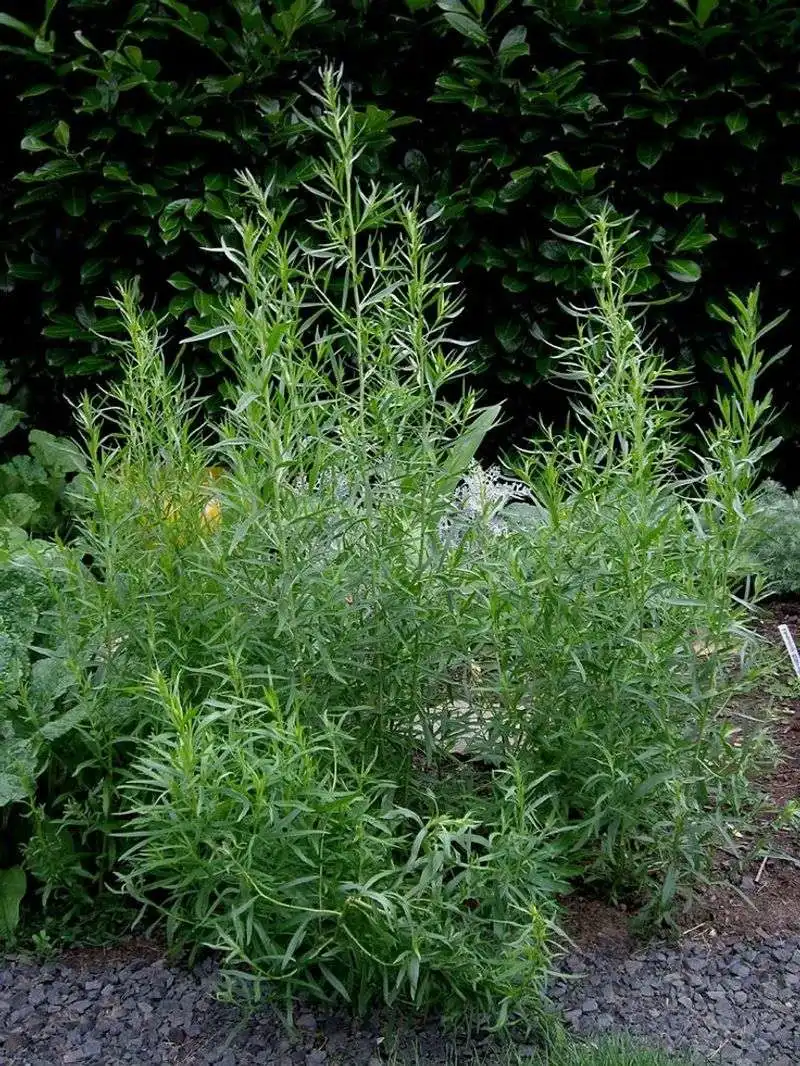
Tarragon, with its licorice-like flavor, adds an unexpected twist to culinary creations. It’s a staple in French cuisine, known for its ability to enhance chicken, fish, and egg dishes. Tarragon’s antioxidant and antibacterial properties offer health benefits, making it a smart choice for those looking to boost their wellbeing. In the garden, it prefers sunny spots and well-drained soil. Its delicate leaves and distinct taste make tarragon a unique and treasured herb. Embrace its bold profile in your summer cooking adventures.
Lovage
Lovage may not be a household name, but its robust flavor and celery-like aroma make it a standout. Use its leaves in soups, stews, or salads for a refreshing twist. Historically, lovage was prized for its digestive benefits, believed to soothe bloating and discomfort. This towering herb thrives in sunny locations, adding height and texture to your garden. Its versatility and health benefits make lovage a must-try for adventurous home cooks. Discover the charm of lovage and let it elevate your summer menu.
Chamomile
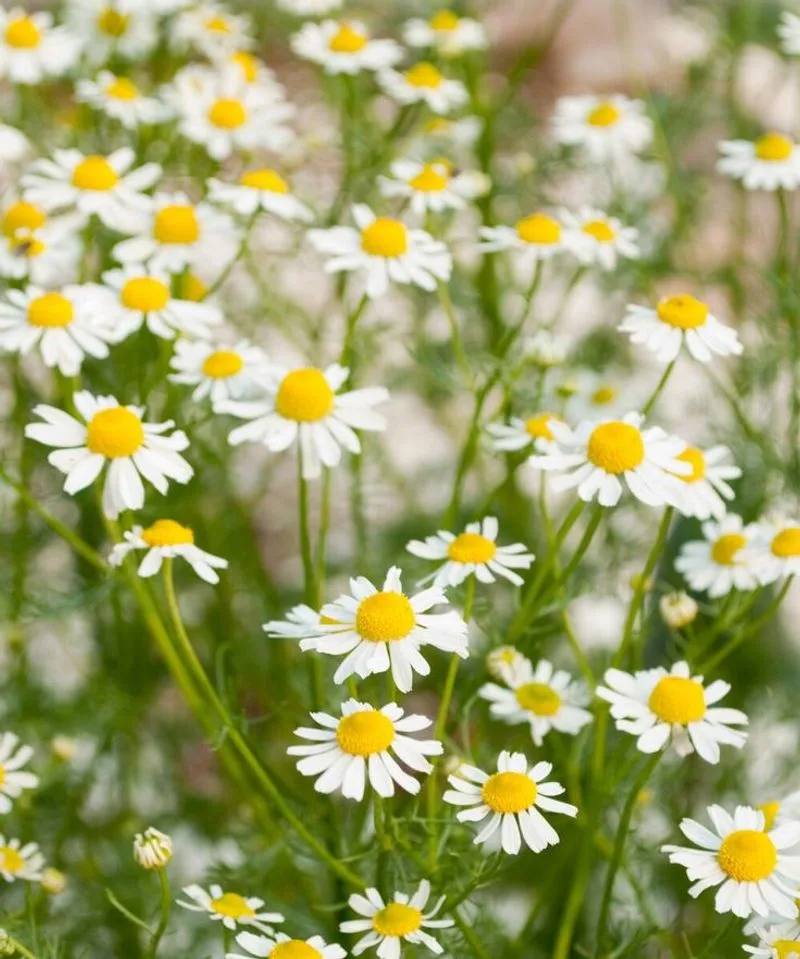
Chamomile is synonymous with relaxation, often enjoyed as a calming tea before bedtime. But this herb also shines in culinary applications, infusing desserts and syrups with its apple-like flavor. Chamomile’s anti-inflammatory properties are well-documented, offering soothing relief to the body. In the garden, its dainty flowers attract pollinators, adding beauty and utility to your space. Whether sipped or savored, chamomile’s gentle nature brings tranquility and taste to your summer days. Explore its many uses and enjoy its soothing qualities.
Fennel
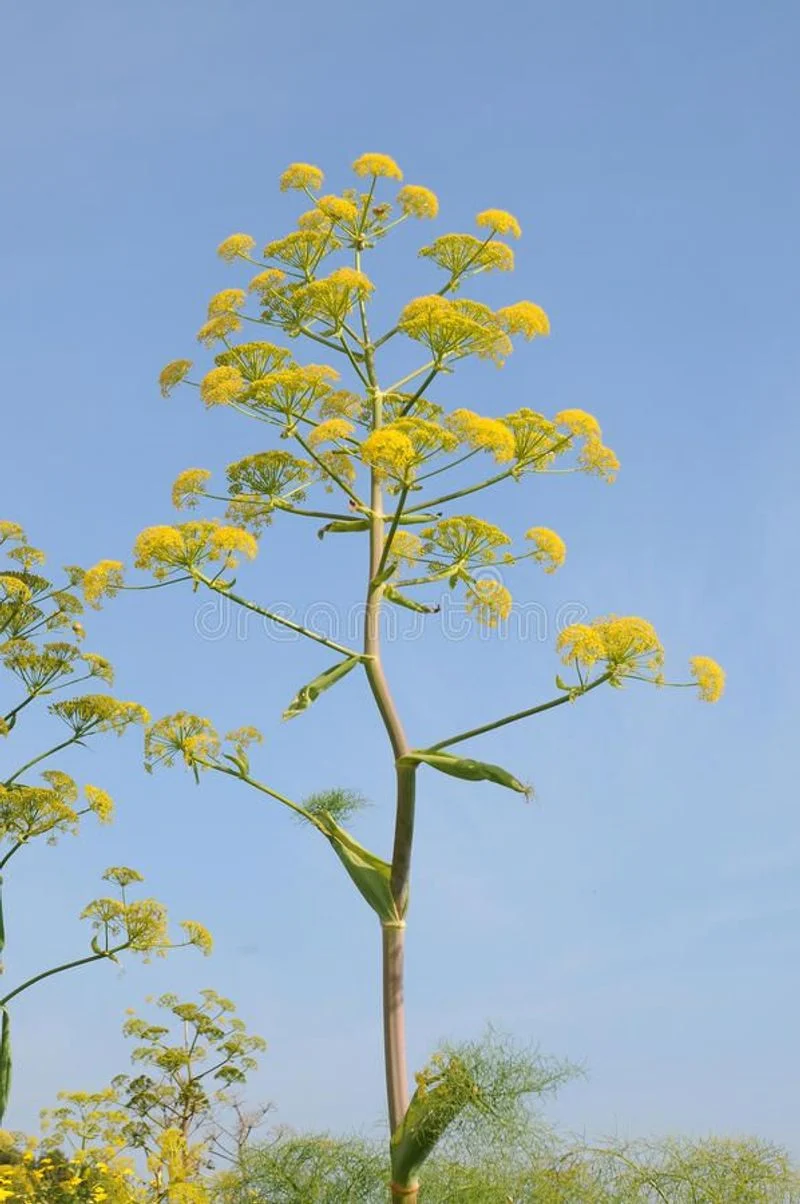
Fennel’s crisp texture and anise-like flavor make it a versatile addition to summer dishes. Its bulb can be grilled, roasted, or eaten raw, offering a refreshing crunch and unique taste. Fennel is rich in fiber and antioxidants, supporting digestion and overall health. In the garden, its feathery fronds and tall stalks add a touch of elegance. Known for its distinct flavor, fennel is a culinary favorite in Mediterranean cuisines. Let this aromatic herb be part of your summer culinary journey, adding depth and dimension.
Borage
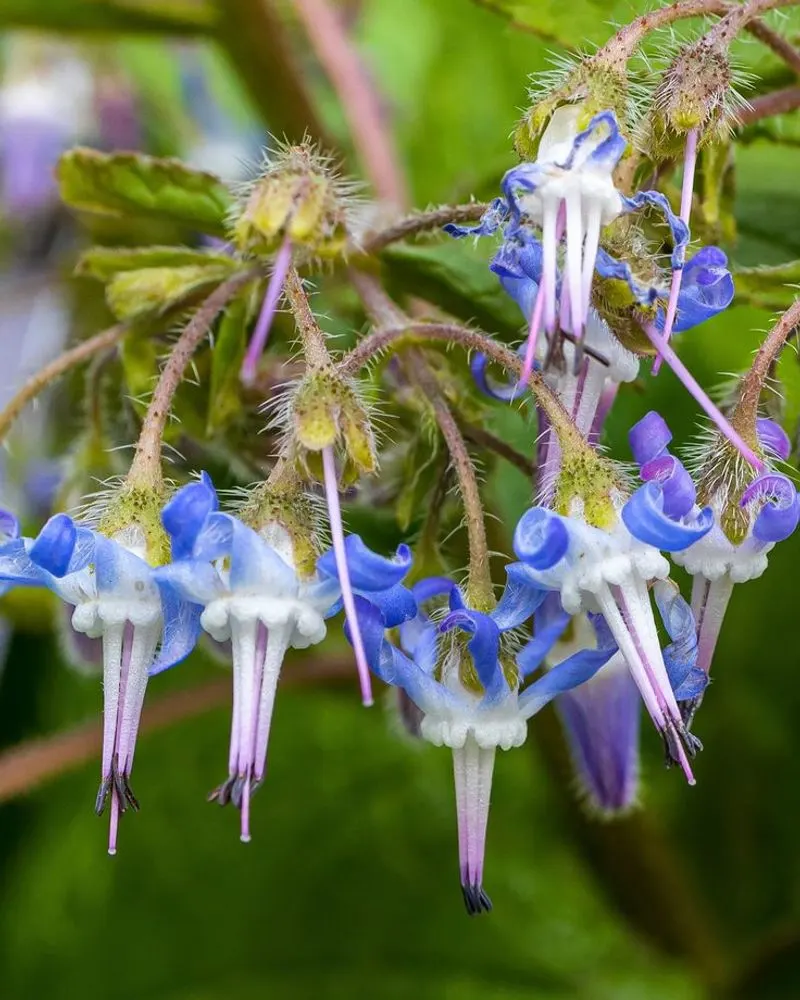
Borage, with its bright blue star-shaped flowers, is more than just a pretty face. Its cucumber-like flavor adds a refreshing note to salads and beverages. Borage is rich in essential fatty acids, supporting skin health and reducing inflammation. This hardy plant thrives in summer gardens, attracting pollinators and adding visual appeal. Historically, borage was used for courage and comfort, making it a herb with a colorful past. Embrace its vibrant blossoms and let borage add a touch of whimsy to your dishes.
Coriander
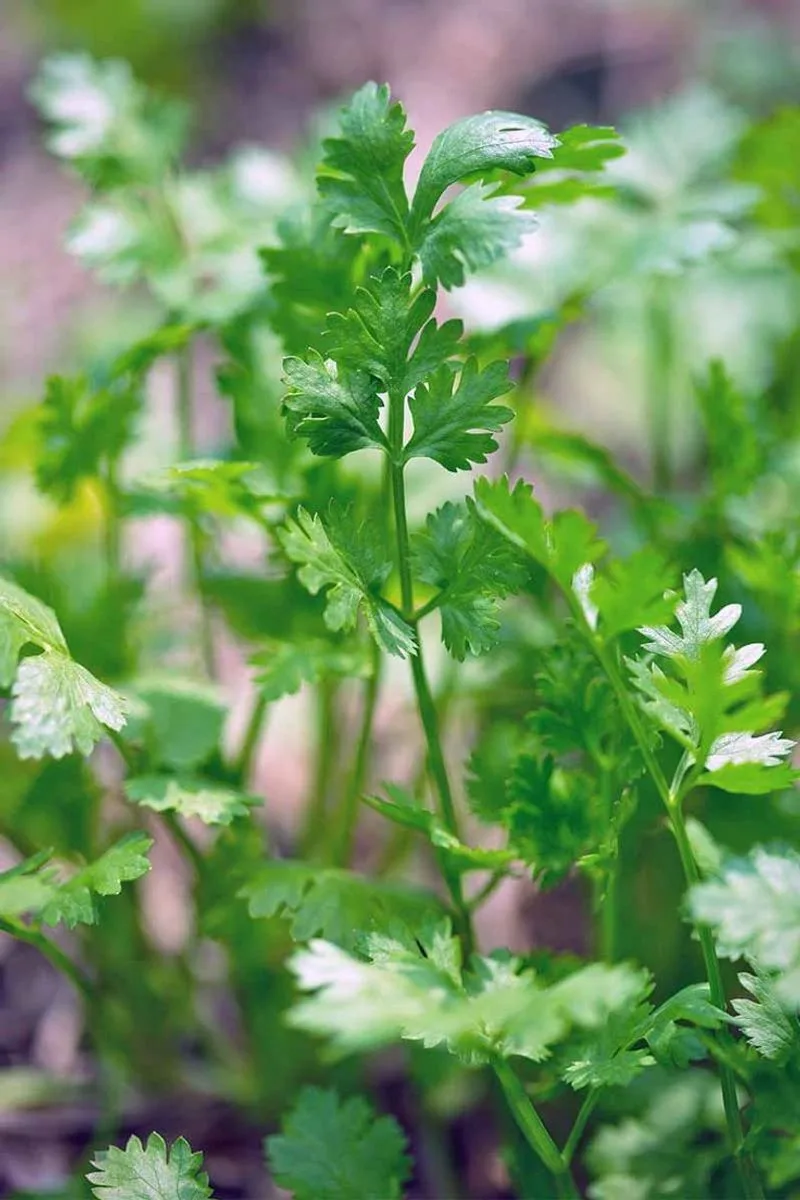
Coriander adds a citrusy zing to culinary creations, bridging the gap between spice and herb. Its seeds are often toasted to release a warm, nutty flavor, perfect for curries and baked goods. Coriander is known for its digestive benefits and ability to combat inflammation. In the garden, it prefers well-drained soil and plenty of sunlight. This dual-purpose herb offers both flavor and health benefits. Let coriander’s distinctive taste and versatility inspire your summer recipes, adding a fragrant touch to every dish.

